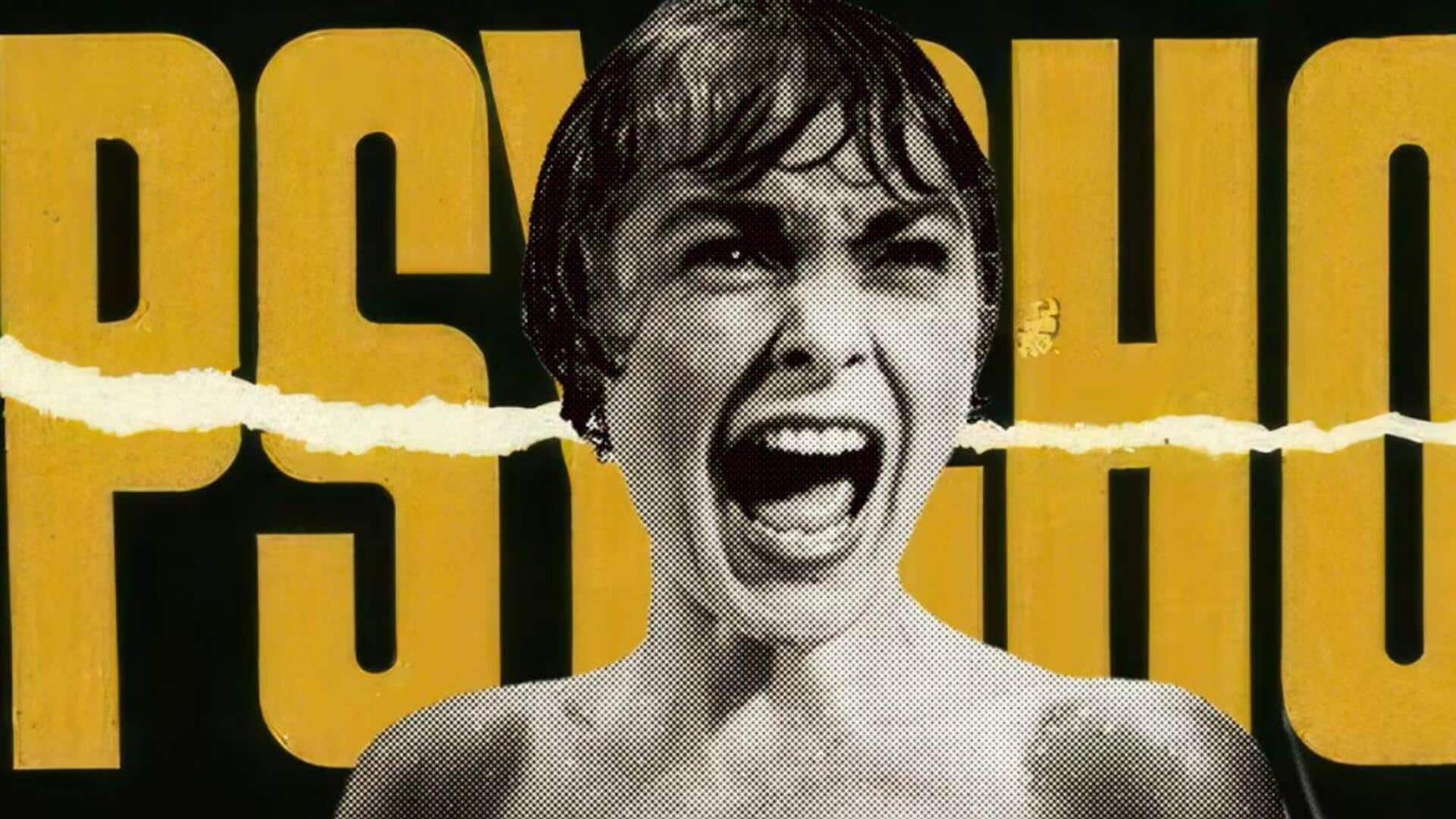
The hidden filmmaking secret behind Hitchcock's 'Psycho'
What's the story
Alfred Hitchcock's Psycho is a landmark film that has redefined the thriller genre. However, apart from its iconic plot and characters, the movie also has a hidden filmmaking secret that has gone unnoticed by many. This secret is not just a testament to Hitchcock's genius but also an important lesson for aspiring filmmakers. By delving into this aspect, we can gain a deeper understanding of the craft behind one of cinema's most celebrated works.
#1
The power of sound design
Sound design in Psycho is a key element that adds to the tension and atmosphere of the film. Hitchcock used sound not just as a background element but as a tool to evoke emotions and build suspense. The famous shower scene, for example, uses sharp musical cues to accentuate the drama without any dialogue. This goes on to show how sound can be used effectively to enhance storytelling.
#2
Innovative camera techniques
Hitchcock's use of camera techniques in Psycho also contributed significantly to its impact. He employed close-ups and unusual angles to create unease and highlight characters' emotions. The use of black-and-white film further added to this effect by emphasizing contrasts and shadows, giving the film its distinctive look. These techniques are a reminder of how visual storytelling can elevate a narrative.
#3
Symbolism in set design
The set design in Psycho is loaded with symbolism that adds depth to its themes. The Bates house, for example, is designed to reflect Norman Bates' fractured psyche. Its Gothic architecture mirrors his dark nature while contrasting with Marion Crane's more modern appearance. This attention to detail shows how set design can go beyond aesthetics to serve as a narrative tool.
#4
Character development through dialogue
Dialogue in Psycho is also key to character development, revealing motives and fears without lengthy exposition. Each conversation is carefully crafted to give insight into the characters' minds, making them more relatable and complex. This highlights the importance of writing tight dialogue that serves multiple purposes in storytelling.
Tip 5
Lessons from Hitchcock's approach
Hitchcock's approach to filmmaking in Psycho teaches us valuable lessons about creativity and innovation in cinema. His willingness to experiment with sound, visuals, and character development shows how pushing boundaries can lead to groundbreaking results. For filmmakers today, these insights remain relevant as they seek new ways to engage audiences through their work.